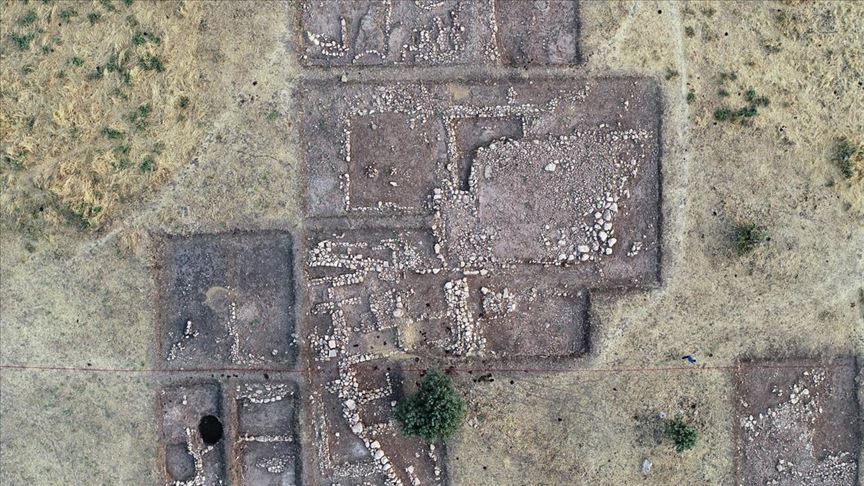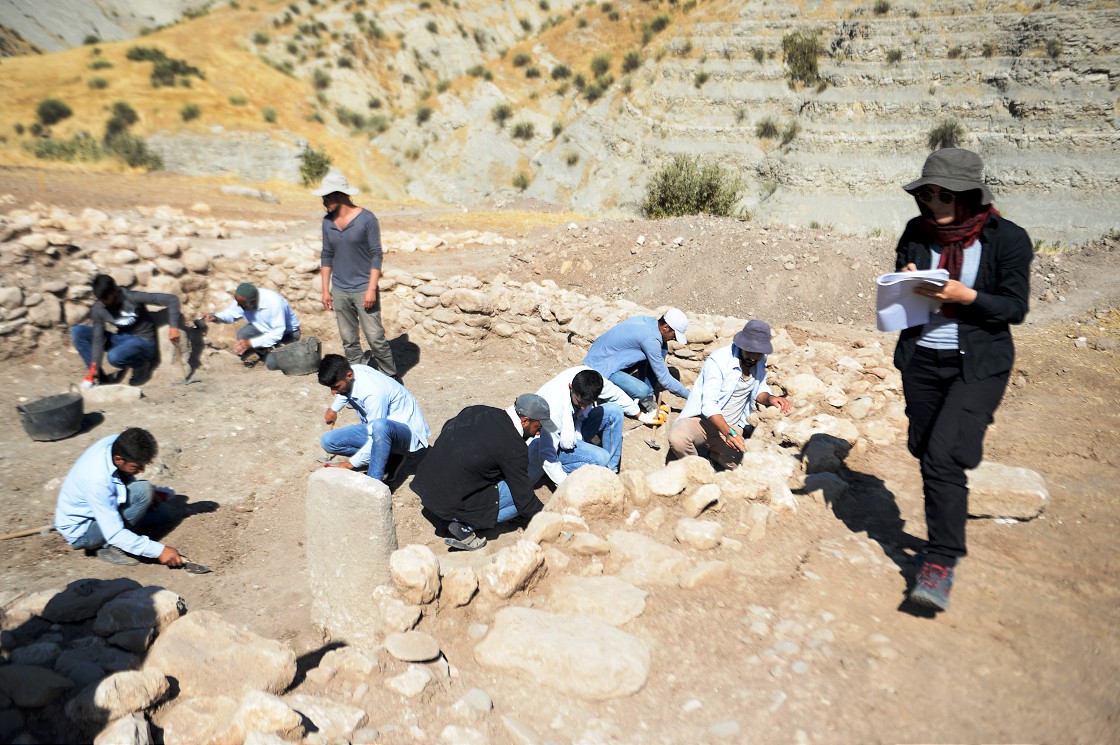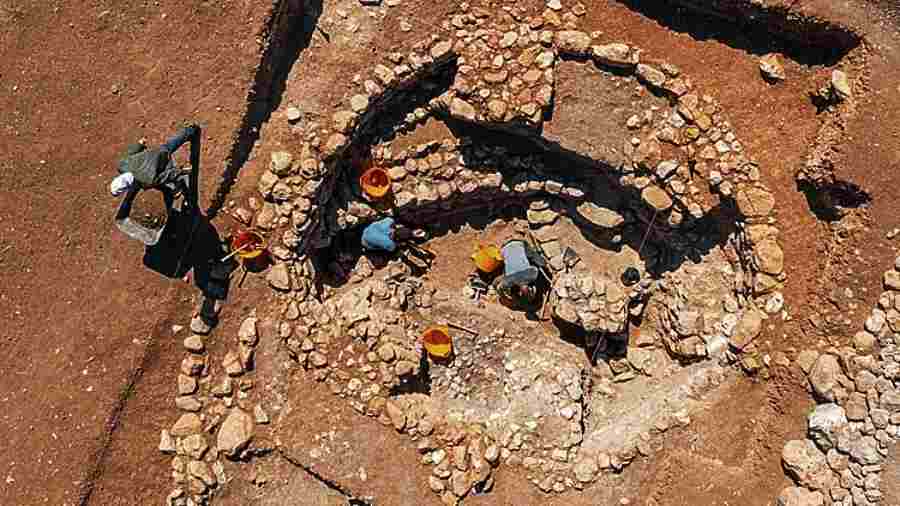Representational image of a 13,000-year-old buildings discovered in Mardin.
Sat 30 March 2024:
Excavators working at the Neolithic settlement of Boncuklu Tarla in southeast Turkey have discovered an amazing array of stud-shaped artifacts that bear resemblance to modern body piercings. This find may be the first examples of body piercing ever discovered, providing insight into the customs surrounding ancient community beautification.
Since excavation at Boncuklu Tarla began in 2012, the site has become well-known for its vast collection of personal ornaments, which now numbers over 100,000 pieces.

The most recent find among these artifacts is particularly noteworthy because it shows how early sedentary societies used body adornments.
According to archaeologist Ergül Kodaş and colleagues from Mardin Artuklu University in Turkey, who published their findings, the uncovered artefacts provide a unique glimpse into the use of body piercing ornaments by ancient settlers, as reported by Science Alert. Previous archaeological records primarily feature pendants, necklaces, and charms, making this discovery of body piercings particularly significant.

Kodaş and his team examined the size, shape, and positioning of the objects within the graves at Boncuklu Tarla. Despite some artefacts being displaced, likely by rodents, others remained in close proximity to the human remains, particularly around the ears and jaws.
The unearthed ornaments, particularly those resembling labrets worn beneath the lower lip, offer compelling evidence of early body piercing practices. While similar pieces dating back to 10,000 BC have been found, this discovery presents the most definitive example to date.

Cultural significance and spread
Body piercing appears to have been a significant cultural practice in southwest Asia, with evidence dating back to approximately 6,000 BC. The practice likely spread through Mesopotamia and eventually reached other regions, including Africa and Central and South America.

While children buried at the site were often interred with pendants and beads instead of piercings, the presence of ornaments beside adult skeletons suggests a cultural association between piercings and maturity. The researchers speculate that piercings may have signified certain roles or social statuses within the community.
SOURCE: INDEPENDENT PRESS AND NEWS AGENCIES
______________________________________________________________
FOLLOW INDEPENDENT PRESS:
WhatsApp CHANNEL
https://whatsapp.com/channel/0029VaAtNxX8fewmiFmN7N22
![]()
TWITTER (CLICK HERE)
https://twitter.com/IpIndependent
FACEBOOK (CLICK HERE)
https://web.facebook.com/ipindependent
YOUTUBE (CLICK HERE)
https://www.youtube.com/@ipindependent
Think your friends would be interested? Share this story!





